"Ethereum processes 15 transactions per second, while Solana handles 50,000—when the 'tortoise and hare race' in blockchain shows a clear winner, how will the veteran chain respond?" This provocative question has become a crypto community focal point after Droganfly's partner disclosure. According to on-chain data platform CryptoQuant, Ethereum's peak daily Gas fee exceeded 500 gwei in 2024, while Solana's average transaction cost remained at $0.00025]. The stark numerical contrast reveals Ethereum Foundation's dilemma: the "Blockchain New York" hosting 80% of global DeFi protocols is now learning from the "Silicon Valley disruptor" Solana。
Let's briefly introduce the main players for those who are not very familiar. Ethereum is a veteran project in the cryptocurrency circle. It's the pioneer of the smart contract platform, and countless decentralized applications (DApps) are built on its network. It's like a bustling metropolis in the cryptocurrency world, hosting all kinds of business activities. On the other hand, Solana, although relatively young, is developing at an extremely rapid pace. It's well - known for its high throughput and low transaction fees, like a rising tech city that has caught the eyes of many developers and investors.
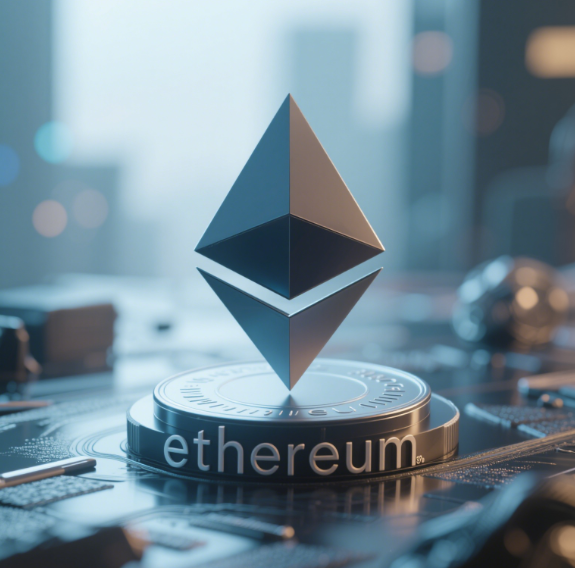
So, what exactly makes Solana successful and worth learning from for Ethereum? Firstly, Solana's speed is astonishing. On the Ethereum network, a single transaction may take several minutes or even dozens of minutes to be confirmed, while Solana can handle thousands of transactions per second, almost instantaneously. For users and developers involved in high - frequency trading, this is a dream feature. Imagine you're waiting anxiously for a transaction confirmation on Ethereum, while on Solana, the transaction is already completed, and you can start the next one.
Secondly, Solana's low transaction fees are also a significant advantage. When the Ethereum network is congested, transaction fees can be outrageously high, sometimes even exceeding the value of the transaction itself. In contrast, Solana's transaction fees are so low that they can almost be ignored. This allows developers to freely develop applications and users to conduct transactions more easily without worrying about high costs.
In addition, Solana's ecosystem is also developing rapidly. More and more decentralized finance (DeFi) projects, non - fungible token (NFT) projects, etc., are choosing to be built on Solana. This forms a virtuous cycle, attracting more developers and users to join, which further promotes Solana's development.
So, why does the Ethereum Foundation want to learn from Solana's success model? Actually, Ethereum is also facing some challenges. As the number of users and applications on the Ethereum network increases, the network congestion problem is becoming more and more serious, and transaction fees are constantly rising. This not only affects the user experience but also limits Ethereum's further development. The Ethereum Foundation has been working hard to solve these problems, such as launching the Ethereum 2.0 plan, but the progress is relatively slow. Solana's success has given them a new idea. Maybe they can learn some technologies and models from Solana to improve Ethereum's performance and competitiveness.
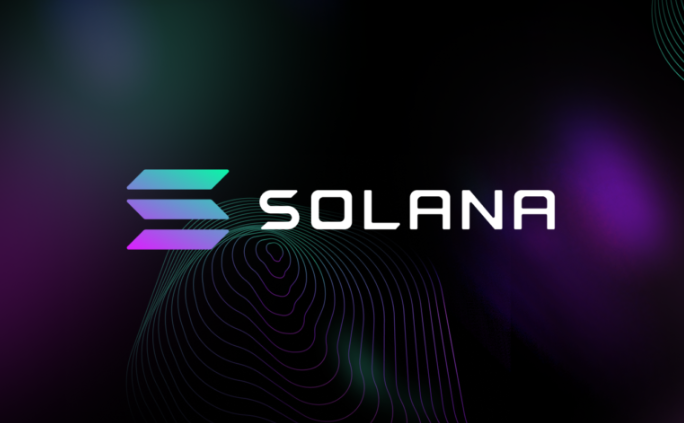
However, learning doesn't mean copying completely. Ethereum has its own history and ecosystem, and it can't simply abandon everything it has to imitate Solana. The Ethereum Foundation needs to maintain its own characteristics while absorbing Solana's advantages to find a development path suitable for itself. For example, while improving transaction speed and reducing transaction fees, it also needs to ensure the network's security and decentralization degree.
For us investors and enthusiasts in the cryptocurrency circle, this is a dynamic worth paying attention to. If Ethereum can successfully learn from Solana's success model and improve its own performance, then Ethereum's future development prospects will be even broader. Of course, this also requires time and effort. We need to continuously monitor the actions of the Ethereum Foundation to see what specific measures they will take.
In conclusion, the cryptocurrency world is full of uncertainties and opportunities. Ethereum's attempt to learn from Solana's success model is just a small episode. But who can say that this won't be a turning point in Ethereum's development? Let's wait and see!












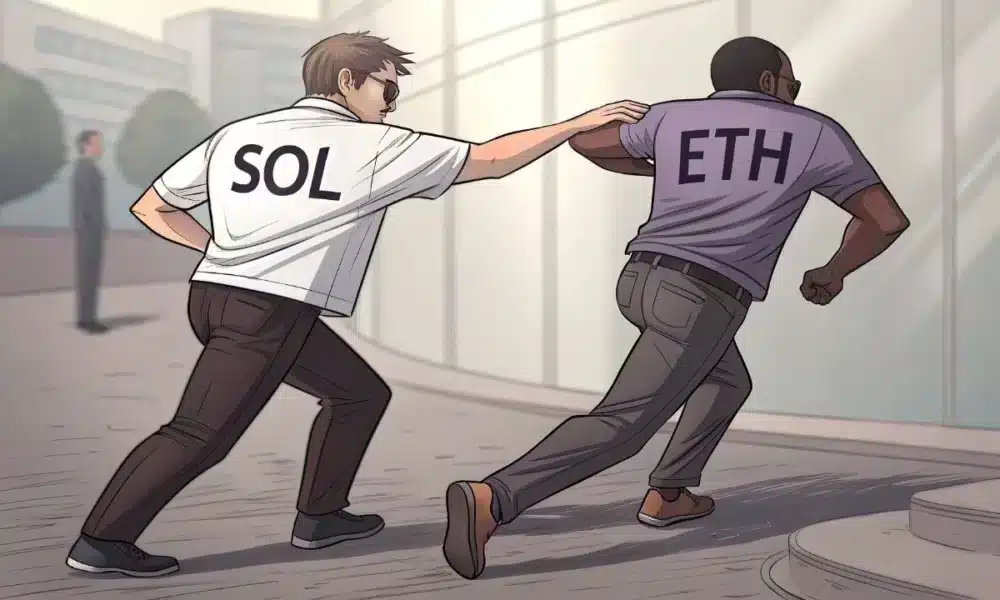
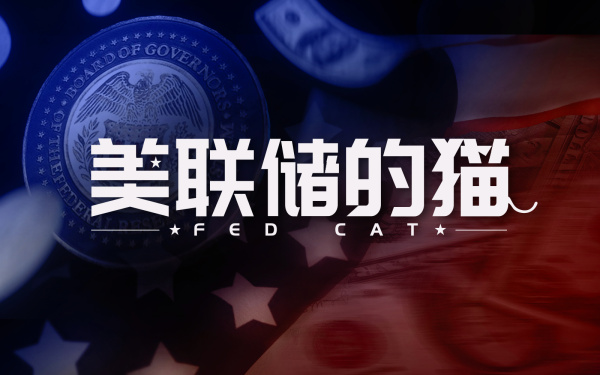
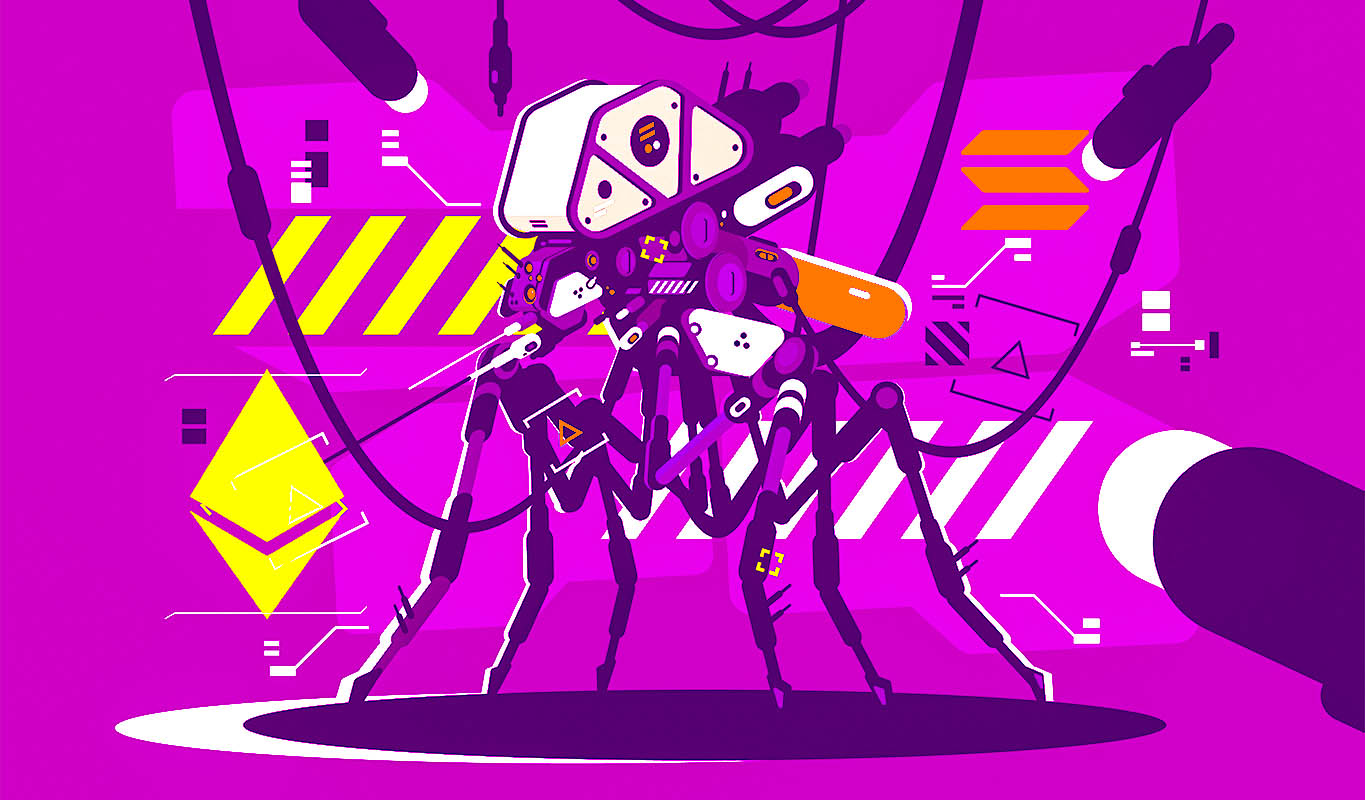


No comments yet